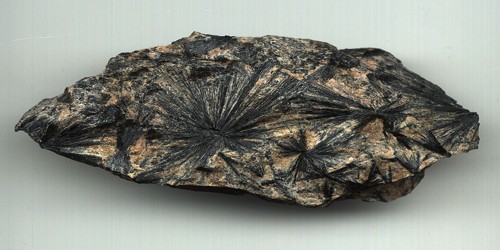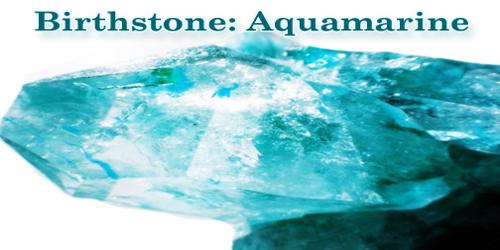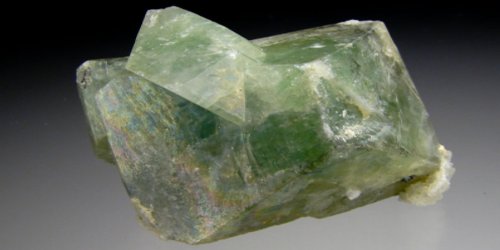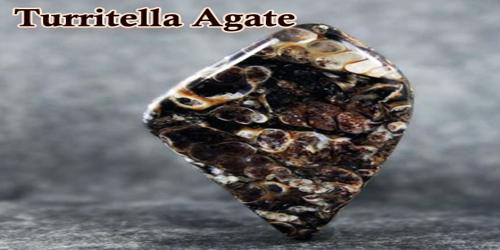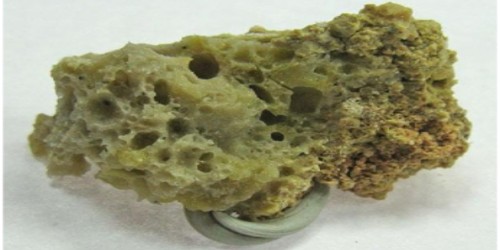Gedrite is a crystal belonging to the orthorhombic ferromagnesian subgroup of the amphibole supergroup of the double chain inosilicate minerals with the ideal formula: Mg2(Mg3Al)(Si6Al2)O22(OH)2. It is a form of anthophyllite.
Gedrite was first described for an occurrence in Gedres, France in 1836. It is named after its discovery locality, the Héas Valley, near Gédre, Hautes-Pyrénées, France. It forms white, gray, brown, green, prismatic crystals or fibrous aggregates with vitreous luster.
General Information
- Category: Inosilicate, ferromagnesian amphibole group
- Formula: Mg2(Mg3Al)(Si6Al2)O22(OH)2
- Crystal system: Orthorhombic
- Crystal class: Dipyramidal (mmm)
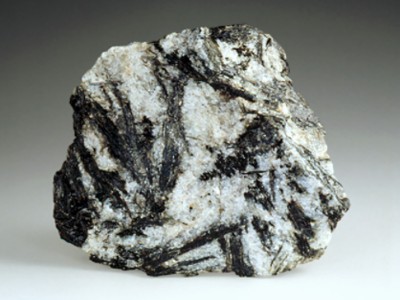
Fig: Gedrite
Properties
Gedrite is the magnesium (Mg) rich endmember of a solid solution series, with divalent magnesium cations readily replaced with ferrous iron (Fe), leading to the iron-rich endmember ‘ferrogedrite’, with the formula: Fe2+2(Fe2+3Al2)(Si6Al2)O22(OH)2. Gedrite also forms a series with another ferromagnesian amphibole, anthophyllite.
- Color: White, gray, brown, green, black
- Crystal habit: Bladed and prismatic crystals; fibrous and sheath-like aggregates.
- Fracture: Splintery
- Mohs scale hardness: 5.5 – 6
- Luster: Vitreous to silky
- Diaphaneity: Translucent, will transmit light on thin edges.
- Specific gravity: 3.18 – 3.33
- Optical properties: Biaxial (+)
Occurrence- Widespread in medium- to high-grade metamorphic rocks; in metasomatized contact metamorphic rocks.
Gedrite occurs in contact and medium to high-grade metamorphic rocks in association with garnet, cordierite, anthophyllite, cummingtonite, sapphirine, sillimanite, kyanite, quartz, staurolite, and biotite.
Information Source:
